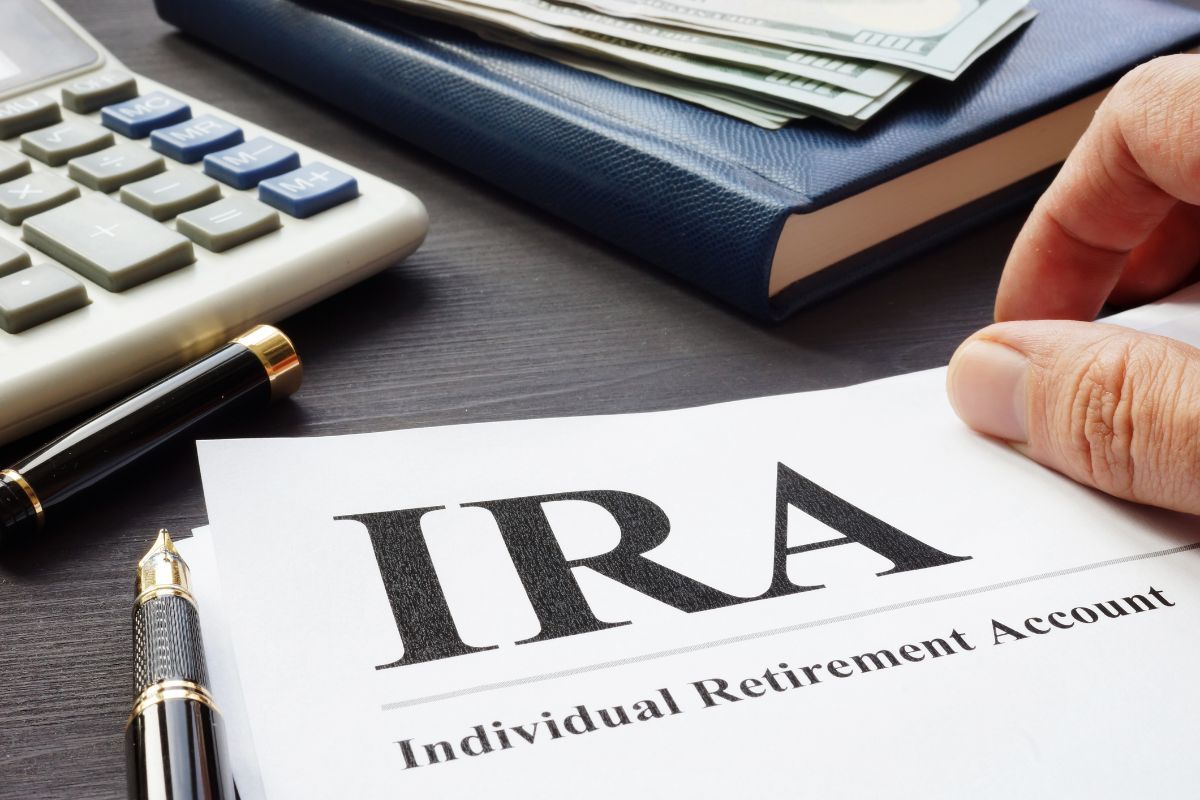The SECURE Act was intended to increase accessibility to tax-advantaged accounts and help older adults avoid outliving their assets. One change brought about by the SECURE Act involves distributions from inherited IRAs. An Internal Revenue Service (IRS) Publication 590-B intended to guide interpretation of the SECURE Act instead created confusion among lawyers, CPAs, and financial advisors.
SECURE Act and Inherited IRAs
Previously, beneficiaries could use the stretch distribution option to payout an inherited IRA over their lifetime. However, under the SECURE Act, it appears that non-spouse beneficiaries must now empty the account within 10 years.
Financial advisers initially interpreted the SECURE Act to mean that non-spouse beneficiaries could take distributions at any time during that 10-year timeframe. However, IRS Publication 590-B indicated otherwise.
Annual Withdrawals FROM INHERITED iras or Not?
The language contained in Publication 590-B created great confusion in an already complex situation. The specific example given by the IRS states:
“Example. Your brother died in 2020 at age 74. You are the designated beneficiary of your brother’s traditional IRA. You are 65 years old in 2021, which is the year following your brother’s death. You use Table I and see that your life expectancy in 2021 is 21.0. If the IRA was worth $100,000 at the end of 2020, your required minimum distribution for 2021 would be $4,762 ($100,000 ÷ 21.0).” (page 12 of 2020 Publication 590-B) (emphasis added)
The mention of a required minimum distribution (RMD) for inherited IRAs is what puzzled financial advisers. But, in fact, the SECURE Act does not contain an annual RMD requirement for non-spouse beneficiaries of inherited IRAs.
But Corrections and Clarification May Be on the Way
According to some sources, the IRS recognizes the examples do not accurately depict the law. In fact, the IRS announced a revised Publication 590-B would be published soon because the examples on pages 11 and 12 are incorrect.
“The examples are incorrect, said an IRS spokesman. The agency plans to revise the publication to reflect the correct information, which is that beneficiaries have 10 years to withdraw the money in whatever fashion they’d like. The agency stated in other parts of the current 590-B document that inheritors have the 10 years to distribute the money.” (emphasis added)
Our advice is to continue conferring with financial planners and tax professionals before taking any action regarding inherited IRAs. Hopefully, the IRS will publish its corrected guidelines soon.
In the meantime, you may wish to discuss changes to your estate planning with an estate planning attorney. This is especially critical if you are passing on any IRAs or other tax-deferred investment accounts.
About the Author
Attorney Robert Slutsky was one of the first lawyers in Pennsylvania to focus on elder law issues. Since 1992, he has helped countless people plan for their future, set up proper estate plans, plan to protect assets and care for loved ones, and successfully apply for Medicaid.
Please give us a call at (610) 940-0650 or contact us through our website. We have been serving clients throughout Chester, Delaware, Montgomery, Bucks, and Philadelphia Counties and beyond for almost three decades.
For a listing of skilled nursing and rehabilitation facilities, please check out our Chester County PA Directory of Senior Services online at:

